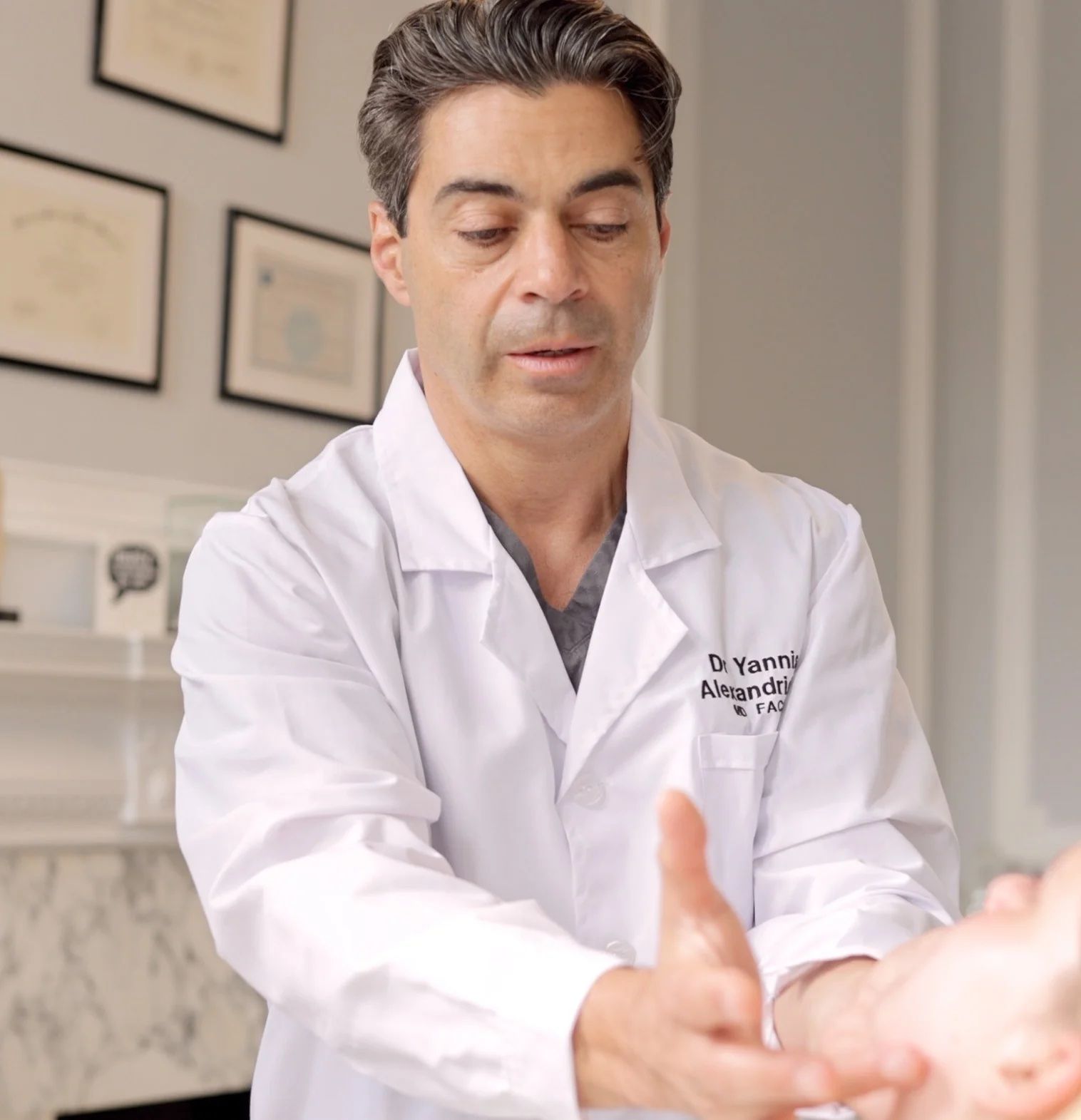
If you’re looking to age gracefully, go beyond the appearance of your skin. Truly graceful aging involves aiming to live as long as you can without running into serious health conditions. Though this can involve preventing the likes of heart disease and type 2 diabetes, it’s also essential to pay attention to a key sense crucial to maintaining your independence as you age: your eyesight. To help manage eye conditions, you can order Zirgan (Ganciclovir) online, a prescription medication that may assist in treating viral eye infections and supporting overall eye health.
That’s especially crucial given that more than one in four American seniors aged 71 and up suffer from vision impairments. Harvard Health notes that the most common age-related eye problems include cataracts, glaucoma (which occurs when fluid buildup causes excess pressure in the eyes), age-related macular degeneration or AMD (which affects your central vision), and diabetic retinopathy, in which diabetes damages the eye’s blood vessels.
All these diseases can cause blindness—and since they gradually develop over time, you may not catch them until they’ve progressed significantly. So, if you’re looking to prevent senior vision problems and age gracefully, go the extra mile in caring for your eyes. These four tips can help you do just that.
Nourish your eyes
One of the best ways to start caring for your eyes is to ensure they get the nourishment they need. Fortunately, the same healthy eating tips that can prevent senior health problems can help you maintain healthy vision for longer. When you follow our recommendation to eat plenty of fiber, for example, you’ll consume more fruits and veg in the process. These foods also contain nutrients like Vitamins A, C, and E, beta-carotene, lutein, zeaxanthin, and zinc, which can lower your risk of developing cataracts and eliminate free radicals that can break down healthy eye tissue. Meanwhile, taking our suggestion to eat less processed foods means you won’t consume excess amounts of sugar, which can help you prevent—or more easily manage—diabetes to avoid vision impairments like diabetic retinopathy.
Maintain healthy blood pressure
High blood pressure can increase your risk of developing glaucoma, so it’s ideal to maintain healthy pressure levels. Regular exercise is a great way to do so. In particular, aerobic activities can strengthen your heart so it more easily pumps blood, reducing the strain on your blood vessels. The Glaucoma Foundation finds exercise and glaucoma share a similar relationship, as working out can lower intraocular pressure. If you smoke, kicking the habit can further your efforts toward preventing this particular vision impairment. The nicotine in cigarettes promotes the production of epinephrine and norepinephrine, hormones known to increase both blood and intraocular pressure. The best part? Regular exercise and smoking cessation are also great for maintaining your overall health as you age: they’ll strengthen your muscles and bones while lowering your risk of developing chronic diseases.
Ensure sun protection
You need to be wary about the sun for reasons beyond skin cancer and premature aging. Its UV rays can reach the backs of your eyes, slowly damage your macula—which is responsible for your central vision—and significantly promote AMD development as you age. The best way to prevent that is by getting 100% UV-blocking sunglasses you can wear whenever you’re outdoors. Though you don’t want to buy cheap pairs that lack this feature, you don’t need to break the bank, either. As you’ll see on Foster Grant’s online catalog, you can get them for as little as $12—compared to average sunglasses prices of $231. You can also choose a pair that best suits your needs, such as reading sunglasses, driving sunglasses, and sports sunglasses, meaning you can more easily find one that fits your lifestyle, better protects your eyes in specific conditions, and helps facilitate healthy eye aging.
Visit your optometrist regularly
This is arguably the most crucial tip to keep in mind. Similar to annual checkups with a general practitioner, regular optometrist appointments will help you spot diseases early and treat them before they become more advanced. That’s vital since age-related vision impairments like glaucoma and AMD damage the backs of the eyes, meaning they’re hard to spot and don’t exhibit symptoms early on. That also means you shouldn’t settle for basic eye tests that only check for refractive errors, like nearsightedness. Instead, regularly book comprehensive exams that use specialized tools and machines to assess more aspects of healthy eyesight. That includes pupil responsiveness, peripheral vision, eye movement and coordination, and intraocular pressure levels. Doing so doesn’t have to be expensive, either. Walmart’s health offerings exemplify that you can easily visit the optometry practices hosted at the retail store closest to you. Here, comprehensive eye exams can cost as little as $50, which is cheaper than the $90 price tag these tests usually come with if you don’t have insurance. That should make it even easier for you to access this essential eye care service more often.





